Making delicious homemade bread recipes doesn’t require complicated recipes. You can create amazing results with just six simple pantry ingredients. This stands in stark comparison to what many professional bakers might tell you.
Making bread recipes at home is nowhere near as demanding as professionals suggest. A mere five minutes of active work and two hours of rise time can yield bakery-quality bread. You won’t need special equipment or techniques. Many first-time home bakers achieve results that exceed their expectations. This challenges the common belief that professional expertise matters most.
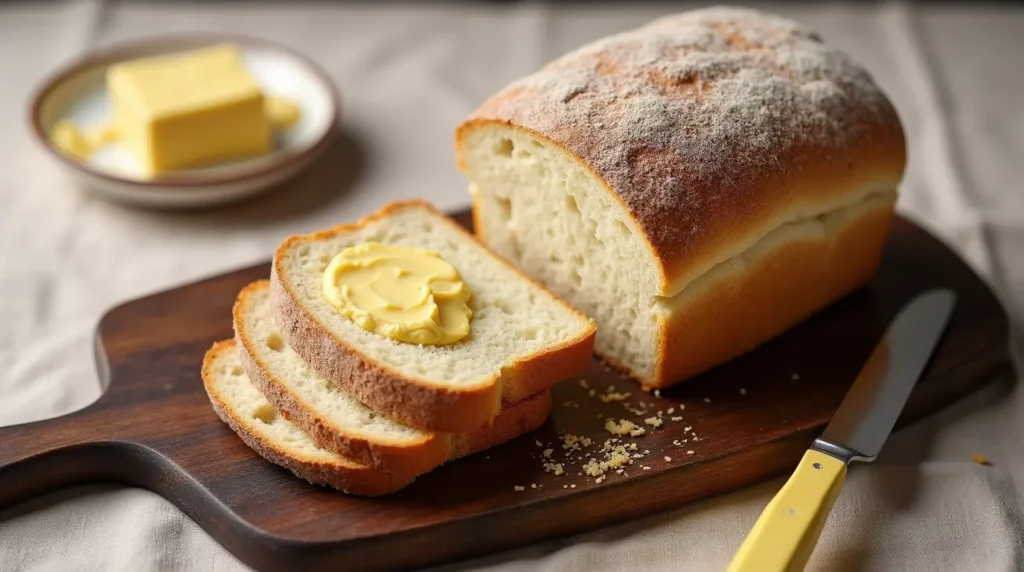
Let me show you why professional baking rules don’t always work for home kitchens and how you can make exceptional bread recipes with simpler methods. You’ll understand which traditional baking rules you can safely ignore. Simple ingredients combined with the right knowledge can help you create bread that matches any professional bakery’s quality.
Table of Contents
The Professional Baking Myth That’s Holding You Back
You need a basic change in thinking to make great bread recipes at home. Professional bakers use industrial equipment, precise temperature controls, and specialized ingredients. Their methods don’t always work well in home kitchens.
Why commercial bakery standards don’t apply at home
Professional bakers work 60-70 hour weeks and manage multiple variables in commercial settings. They focus on consistency across hundreds of loaves, while home bakers need to perfect just one loaf at a time. You might get worse results by trying too hard to maintain professional standards.
The truth about ‘proper’ bread making techniques
Great bread recipes comes from understanding simple principles rather than following strict rules. Bread creation needs just four things – water, flour, yeast, and salt. Professional bakers might insist on exact measurements and perfect conditions, but home baking gives you more room to experiment.
Temperature and humidity variations don’t matter as much in home baking as they do in professional settings. You just need a “goldilocks zone” where the dough rises steadily. This method gives excellent results without the pressure of matching professional standards.
How simplicity often beats complexity
The balance between simplicity and complexity in baking tends to favor complexity too much. Home bakers get better results by mastering the basics instead of complex techniques. A simple method gives you:
- Better control over ingredients and process
- More room to learn and adjust
- Less worry about being “perfect”
- More joy in baking
Bread recipes making connects us with an ancient and meaningful ritual. The process becomes both meditative and rewarding once you strip away the complexity. It makes us slow down and connect with everything in baking.
Professional solutions often fail at home because bakers design them for different scales and purposes. Home bakers get better results by using simpler methods and understanding basic principles instead of copying commercial bakery conditions. This approach not only makes excellent bread recipes but also turns the whole process into something you can enjoy and sustain regularly at home.
Why Basic Homemade Bread Recipes Actually Work Better
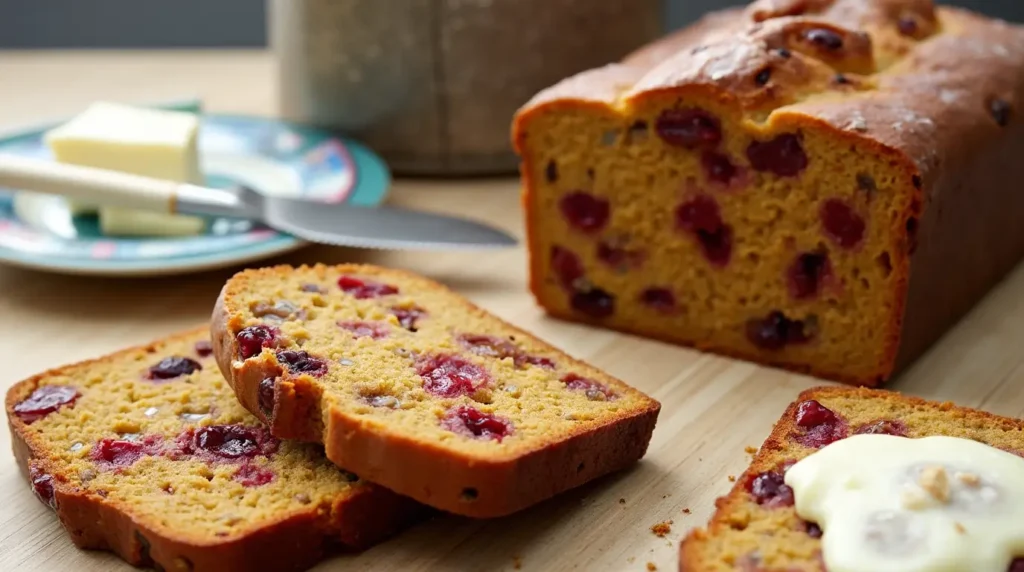
The science of bread making shows why simple recipes often give you better results. Knowing how to work with basic chemical reactions in your dough reveals the secret to making excellent homemade bread consistently.
The science behind simple ingredients
Four basic ingredients create complex chemical reactions that make bread recipes magical. Proteins in flour called glutenins and gliadins combine with water to form a strong gluten network. Your bread recipes gets its structure from this network that traps gas bubbles and creates that perfect texture we all love.
Here’s what each ingredient contributes to your bread recipes:
- Flour: Contains proteins that form gluten
- Water: Activates gluten formation and makes fermentation possible
- Yeast: Produces carbon dioxide and flavor compounds
- Salt: Strengthens gluten network and improves taste
Temperature and humidity: Your secret weapons
Professional bakers might disagree, but temperature variations in home baking can work to your advantage. Yeast becomes more active as temperatures rise and works fastest in the 90s Fahrenheit. The ideal temperature range to develop both flavor and texture sits between 75°F and 78°F.
Humidity increases your flour’s moisture content during warmer months. You might need to reduce the recipe’s water content by about one tablespoon per loaf. This natural adaptation often creates better-textured bread than following professional formulas strictly.
Why less kneading can produce better results
Modern bread recipes science has proven that extensive kneading isn’t always needed. Research shows that wet, unkneaded doughs can produce excellent bread, and working them for 10 to 15 minutes usually doesn’t change the results.
Your dough’s gluten network develops naturally as it rises. This process, called autolysis, happens when flour and water rest together. The gluten forms bonds without needing intense physical manipulation through this method.
A few well-timed stretches and folds during the rising period work better than long kneading for most home recipes. This gentle approach keeps the delicate gas pockets that create an airy texture in your finished loaf.
Temperature control becomes crucial during rising, especially when you have to keep your dough between 75°F and 78°F. This range allows optimal yeast activity while creating flavor-enhancing compounds. Your kitchen runs warm? Just reduce the water temperature in your recipe to maintain this ideal range.
Common Bread Making Rules You Can Safely Break
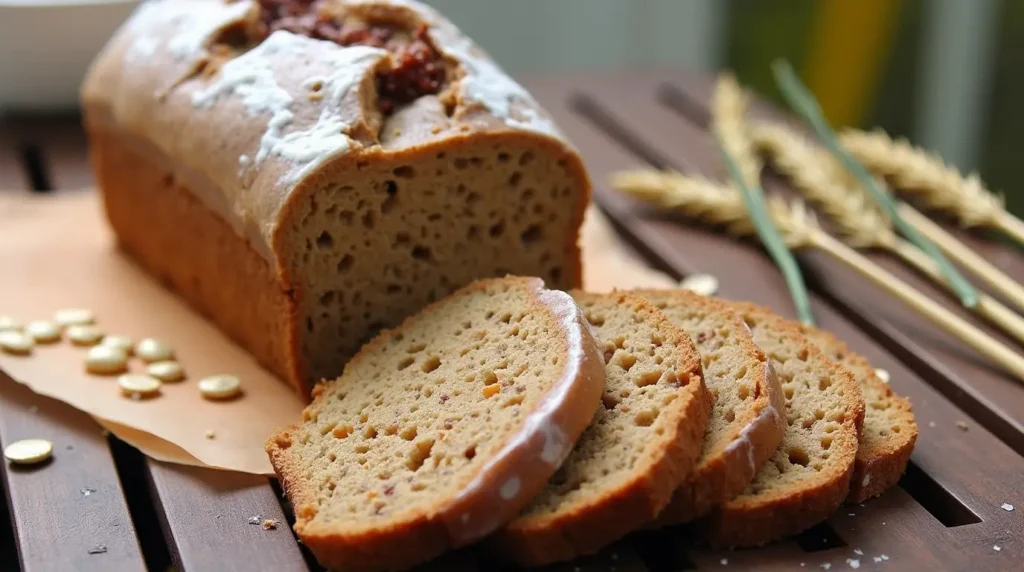
Many home bakers feel scared by traditional bread making rules. Let’s get into which rules we can skip without ruining our bread quality.
The truth about yeast activation
Modern yeast technology has changed bread recipes making. The original active dry yeast needed proofing in warm water, and many recipes still tell you to do this. But today’s yeast types give you more options:
- Instant yeast: Mixes directly with dry ingredients, no proofing needed
- Active dry yeast: Works fine without activation, but might take extra time
- Rapid-rise yeast: Contains finer granules to work faster
Yes, it is true that instant yeast produces more gas during fermentation than active dry yeast. This improved performance means you can skip the old activation step completely.
Why room temperature variations don’t matter much
Bread recipes dough rises just fine in different temperatures. Professional bakers might insist on exact temperatures, but home bakers get great results between 70°F and 78°F.
Your dough adjusts well to different conditions. Bread rises higher and lighter on rainy days bread typically rises higher and lighter because of lower barometric pressure. On top of that, yeast stays active from 95°F to 120°F, which gives you plenty of room to work with.
Debunking the ‘perfect conditions’ myth
Bread recipes making is nowhere near as fussy as people think. Research shows you can change ingredients and conditions quite a bit and still make excellent bread. To name just one example:
You can cut down yeast by a lot without hurting quality. Using just 1/2 to 1 teaspoon of instant yeast (instead of 2 1/4 teaspoons) lets your dough ferment longer and develop better flavor.
Simple flour-water-yeast-salt doughs adapt amazingly well. These basic combinations work in many different conditions, which shows you don’t need perfect conditions to make great bread.
Daily temperature changes don’t need constant watching. Your dough will rise fine even when temperatures swing by several degrees. Rising times might change a bit, that’s all.
Bakers used to worry too much about salt stopping yeast growth. We now know that mixing salt and yeast together doesn’t really affect bread quality, which makes the mixing process easier.
This flexibility applies to equipment and techniques too. Simple alternatives to fancy tools often work just as well, proving perfect conditions are more myth than fact.
Essential Equipment Myths Debunked

You don’t need fancy equipment and expensive tools to bake exceptional bread at home. The proof lies in thousands of years of bread-making history that shows basic kitchen items can produce outstanding results.
Why expensive tools won’t improve your bread
Many professional bakers suggest investing in specialized equipment like Dutch ovens, proofing boxes, and fancy mixing tools. Research shows that you only need four ingredients to create delicious homemade bread without special pans or mixers. Basic tools do the same job as their expensive counterparts, so there’s no need for pricey investments in home baking.
A simple bowl and spoon can start your bread-making experience. You’ll soon find that professional-grade tools are just “nice-to-haves” rather than must-haves. Commercial bakeries need specialized equipment for mass production, but home bakers achieve excellent results with basic kitchen items.
Simple alternatives to professional equipment
Common household items make perfect substitutes for specialized baking tools:
- Wine bottles or large glass bottles replace rolling pins
- Shower caps work as bowl covers
- Colanders substitute for proofing baskets
- Salad bowls function as mixing bowls
- Paint brushes (unused) serve as pastry brushes
These alternatives perform just as well as their expensive counterparts unless you’re baking professionally. Parchment paper instead of non-stick baking sheets shows that creativity beats expensive equipment.
Making great bread with basic kitchen items
Success in bread recipes making depends more on understanding basic principles than having premium tools. Good techniques and patience yield excellent results, whatever your equipment. Here are the basic kitchen items that consistently produce great bread:
A deep bowl with at least 5-liter capacity works perfectly for mixing and proofing. Regular cake tins can replace specialized bread pans. A simple baking sheet lined with parchment paper produces excellent results.
Temperature control isn’t as complex as it seems and needs no special equipment. Room temperature water works better than warm water in most recipes. Professional bakeries use steam injection ovens, but home bakers can create similar effects by placing a metal pan with boiling water on the bottom rack.
The myth about needing perfect conditions doesn’t hold up when you look at successful home baking practices. Basic kitchen items paired with proper technique consistently produce bread with beautiful crusts and airy interiors. Understanding the bread-making process matters more than investing in expensive equipment.
The Science Behind Successful Home Baking
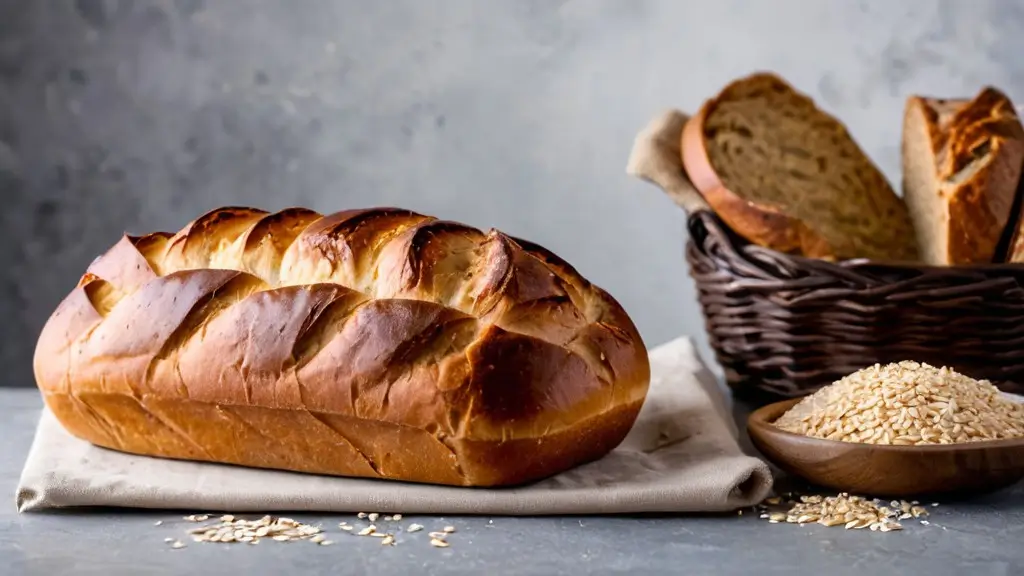
The magic of homemade bread recipes comes from amazing scientific processes that turn basic ingredients into delicious, crusty loaves. Let’s look at the science that makes bread baking both an art and a precise process.
Understanding gluten development
Bread structure starts when flour and water meet. Two proteins in flour – glutenin and gliadin – combine to create gluten networks. This starts right after water hits the flour and keeps going until the dough hits 135 degrees.
Your bread’s structure depends on how this gluten network forms. Glutenin gives elasticity that makes dough snap back, while gliadin adds extensibility that lets it stretch. This balance determines the final texture of your bread.
Time is vital for gluten development. The gluten gets stronger through:
- Rest periods
- Light stretching and folding
- Long fermentation times
How fermentation really works
Fermentation changes dough through complex biological reactions. Yeast turns sugars into carbon dioxide and alcohol without oxygen during this time. This happens in clear stages, starting when yeast mixes with flour and water, and continues until the yeast stops working at about 46°C.
The conditions during fermentation shape bread quality. The best conditions include:
- pH levels between 4.5-6.5
- Temperatures ranging from 95-113°F (35-45°C)
- Relative humidity between 50-90%
During fermentation, amylases and proteases (enzymes that break down flour) work together to create flavor. Longer fermentation makes better bread, as long as the dough doesn’t overproof.
Temperature control secrets
Temperature control can make or break your home bread baking. The sweet spot for developing flavor and texture is between 75-78°F. You can still get great results in a wider range since yeast stays active from 95-120°F.
Steam does three important things during baking:
- Moves heat better than dry air
- Keeps the dough surface flexible for maximum oven spring
- Helps starch gelatinize properly
Your home oven works best with the baking stone on a raised shelf instead of the bottom. This stops too much bottom heat and helps even baking. You might need to use less water – about one tablespoon per loaf – when it’s humid outside.
Dough becomes bread through specific chemical changes at certain temperatures:
- At 40°C: Carbon dioxide becomes more active
- At 60°C: Starch granules begin swelling
- At 74°C: Gluten structure becomes semi-rigid
- At 98°C: Internal loaf temperature reaches optimal baking point
These scientific principles give home bakers the tools to make great bread consistently. Learning about gluten development, fermentation, and temperature control helps you bake professional-quality loaves in your kitchen.
Troubleshooting Common Bread Problems
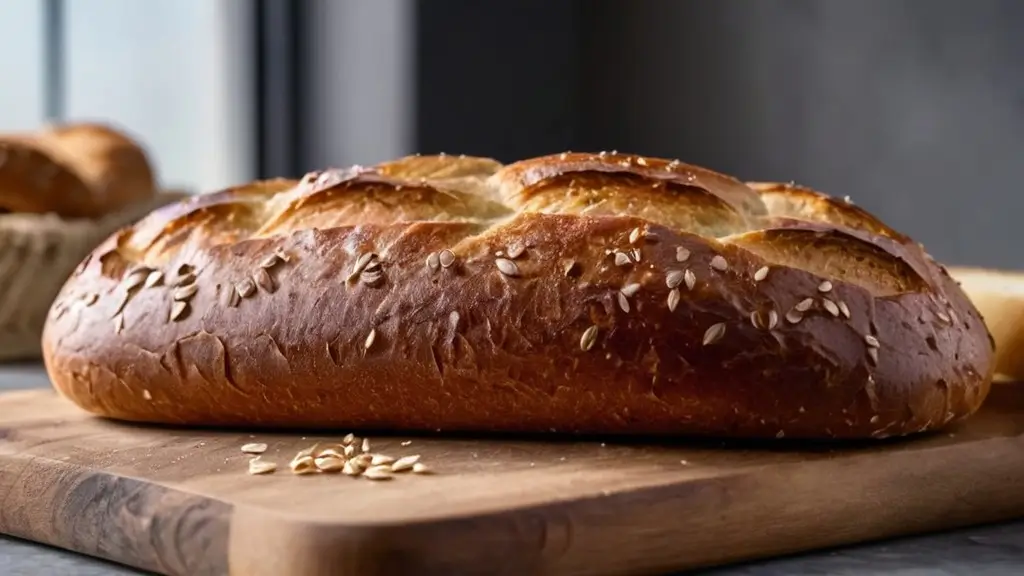
Bread recipes problems need an understanding of why things go wrong and how to fix them. Most bread-making challenges come from simple issues that have straightforward solutions. We focused on the basics rather than complex professional fixes.
Why professional solutions often fail at home
Professional baking solutions don’t work well in home kitchens because they’re designed for commercial environments with controlled conditions. Commercial bakeries have precise temperature and humidity levels that most home kitchens can’t copy. Home bakers get better results by adapting to their environment rather than trying to create perfect conditions.
Professional advice that doesn’t work well at home includes:
- Exact proofing temperatures
- Specialized proofing boxes
- Precise humidity controls
- Complex kneading techniques
Simple fixes for dense or flat bread
Dense or flat bread usually happens due to a few key issues with simple solutions. Most density problems come from either yeast activity or gluten development. The dough temperature should stay between 75°F and 80°F for optimal fermentation.
Your bread might be dense because:
- Water temperature killed the yeast by being too hot
- Room temperature was too cold during rising
- Gluten didn’t develop enough
- Recipe had too much flour
The right amount of kneading makes a huge difference with proper temperature control. Dough becomes less sticky and more glossy after 5-6 minutes of kneading as gluten forms. Good kneading creates the structure needed for light, airy bread.
Adjusting recipes for better results
Successful recipe adjustments come from knowing how ingredients work together. Like a chemistry experiment, each change affects the final result. Different grain blends just need different water amounts – start with equal weights and adjust as needed.
Recipe adjustments that work better:
- Water Content: Cut back water by one tablespoon in humid weather
- Rising Time: Let dough increase by two-thirds instead of doubling
- Temperature Control: Use 35°C water to boost yeast activity right away
Here are some helpful techniques:
For Better Crust Formation:Bread recipes baked in a casserole pot with the lid on creates an excellent crust. Steam gets trapped effectively, creating conditions like professional steam-injection ovens.
For Proper Texture:Whole wheat flour needs enough white flour to develop proper gluten. This balance keeps bread from getting crumbly while staying nutritious.
For Consistent Rising:Rising works best between 85°F to 95°F in a draft-free spot. A cool kitchen needs a warm spot – try putting dough in a turned-off oven with hot water.
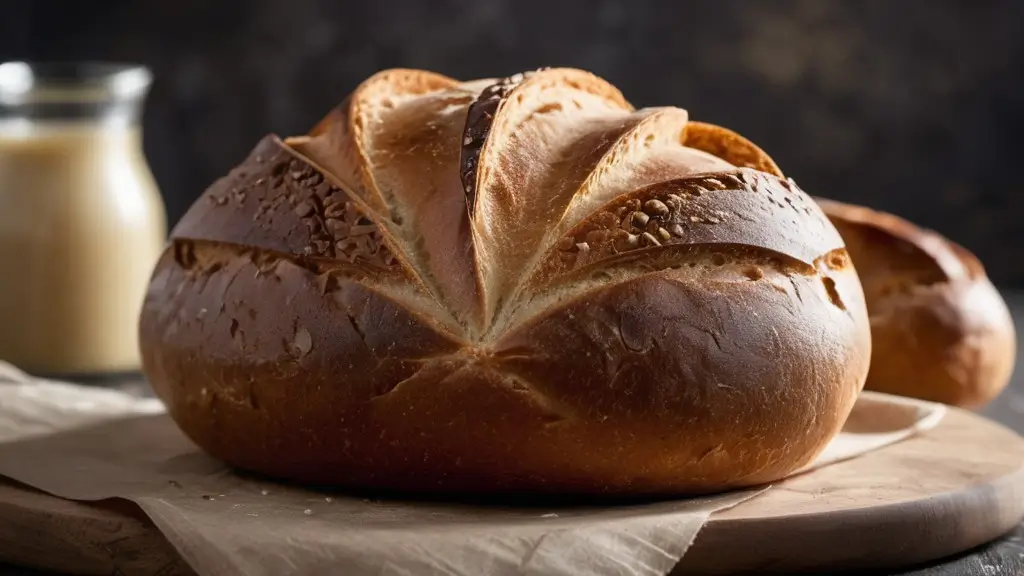
For Proper Fermentation:Long fermentation makes better bread if the dough doesn’t overproof. Look for these signs of good fermentation:
- Elastic dough
- Slight surface sheen
- Steady volume increase
- Gentle finger poke leaves slight dent
Gummy or doughy bread recipes needs a check of two things: oven temperature and baking time. Hot ovens and complete baking help the internal structure set properly.
Solutions for crust issues:
- Tough crust: Handle less and let rise longer
- Pale crust: Add more salt or turn up the heat
- Wrinkled crust: Keep away from drafts while cooling
- Soggy bottom: Bake on a hot stone or preheated sheet
Conclusion
You don’t need professional expertise or fancy equipment to make excellent bread recipes at home. Professional bakers might suggest complex methods, but we’ve found that understanding simple principles and taking a straightforward approach guides us to better results.
Science backs this simpler way of doing things. Natural processes do the magic – gluten develops over time instead of through excessive kneading, dough ferments at room temperature, and steam forms with simple kitchen tools. These core processes create delicious bread without perfect conditions or specialized equipment.
Your trip to better bread recipes gets easier once you know which traditional rules matter and which ones don’t. You’ll find that temperature changes, yeast activation methods, and equipment choices are nowhere near as strict as many professionals suggest.
Great home baking ended up being about mastering a few key principles rather than following strict professional standards. Most problems get fixed with simple tweaks to water content, rising time, or temperature. You can find more recipes and food ideas that take this practical approach in this piece at recipesnutritious.com.
Note that bread recipes making should bring joy, not stress. Trust the process, start with simple recipes, and let your confidence build naturally. The best loaf might be the one you bake in your kitchen today.
FAQs
Q1. Is homemade bread healthier than store-bought bread? Homemade bread is generally healthier as it contains fewer additives and preservatives. You have control over the ingredients, allowing you to use high-quality, wholesome components and adjust nutritional content to your preferences.
Q2. Do I need special equipment to make bread at home? No, you don’t need special equipment to make great bread at home. Basic kitchen items like a deep bowl, baking sheet, and oven are sufficient. While some tools can be helpful, they’re not essential for producing delicious homemade bread.
Q3. How long does homemade bread stay fresh? Homemade bread typically has a shorter shelf life than store-bought bread, usually staying fresh for 2-3 days at room temperature. To extend its freshness, store it in a cool, dry place or freeze it for longer-term storage.
Q4. Can I make bread if I’m a beginner baker? Absolutely! Bread making is accessible to beginners. Start with simple recipes that require minimal kneading or use no-knead methods. With practice and understanding of basic principles, you’ll improve your bread-making skills over time.
Q5. How can I troubleshoot common bread-making problems? Most bread issues can be resolved by adjusting a few key factors. For dense or flat bread, check your yeast activity, room temperature during rising, and gluten development. Adjusting water content, rising time, and baking temperature can also help improve your results.

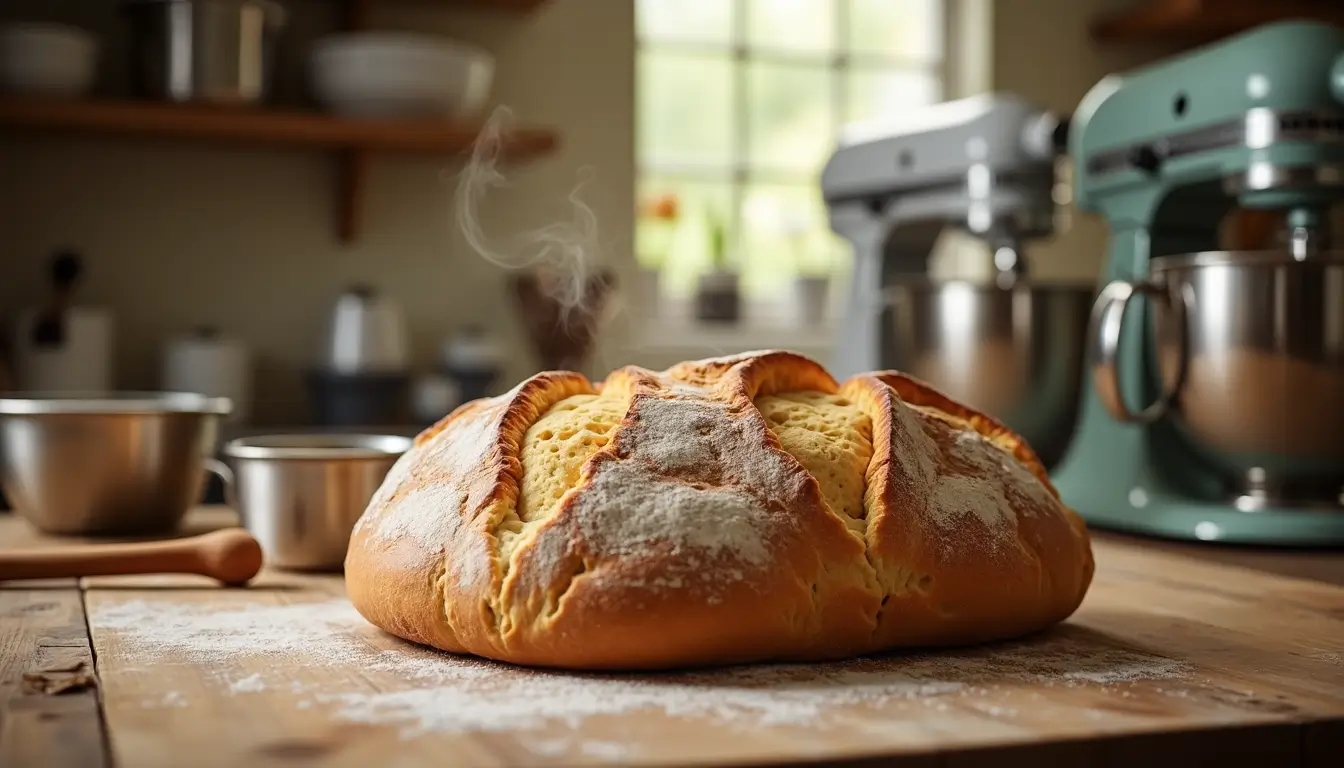
6 thoughts on “Why Professional Bakers Are Wrong About Homemade Bread Recipes [Baker’s Secret]”
Comments are closed.